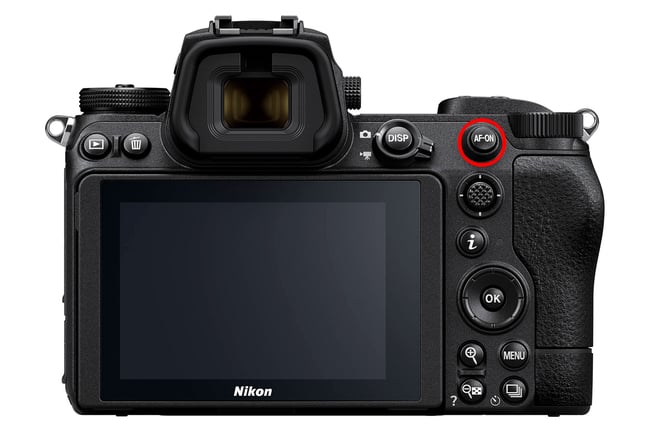ما هو الزر الخلفي للتركيز؟
What Is Back-Button Focus?
التركيز على الزر الخلفي هو أسلوب كاميرا يفصل بين التركيز البؤري وتحرير الغالق إلى زرين منفصلين. إنها طريقة مفيدة لمنع نظام التركيز البؤري التلقائي في الكاميرا من العمل بشكل مستمر عند تحرير الغالق. في هذه المقالة، سنلقي نظرة فاحصة على المقصود بالتركيز على زر الرجوع وكيف يمكنك الاستفادة منه في التصوير الفوتوغرافي.
Back-button focus is a camera technique that separates focusing and shutter release to two separate buttons. It is a useful way to stop the camera’s autofocus system from getting continuously engaged when the shutter is released. In this article, we will take a closer look at what back-button focusing is, and how you can take advantage of it in your photography.

What Is Back-Button Focus?
التركيز على الزر الخلفي هو أسلوب كاميرا يفصل بين التركيز البؤري وتحرير الغالق إلى زرين منفصلين. إنها طريقة مفيدة لمنع نظام التركيز البؤري التلقائي في الكاميرا من العمل بشكل مستمر عند تحرير الغالق. في هذه المقالة، سنلقي نظرة فاحصة على المقصود بالتركيز على زر الرجوع وكيف يمكنك الاستفادة منه في التصوير الفوتوغرافي.
Back-button focus is a camera technique that separates focusing and shutter release to two separate buttons. It is a useful way to stop the camera’s autofocus system from getting continuously engaged when the shutter is released. In this article, we will take a closer look at what back-button focusing is, and how you can take advantage of it in your photography.




 This image shows the focus point overlay of the Nikon D750 DSLR
This image shows the focus point overlay of the Nikon D750 DSLR






تعليق